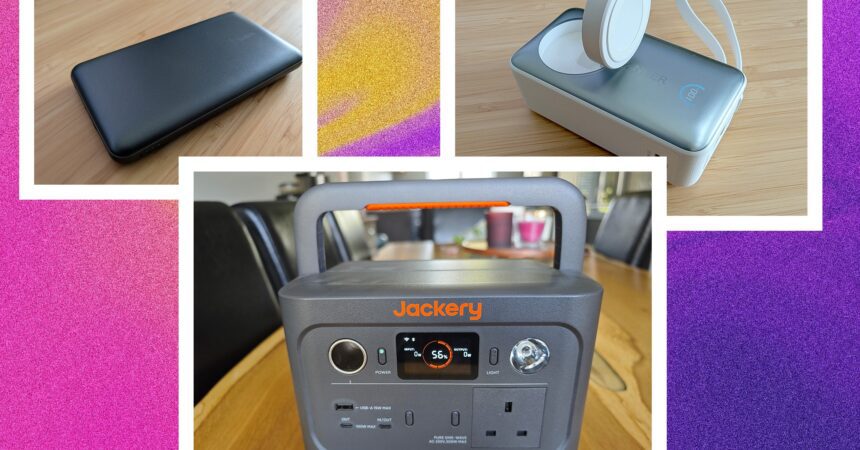Understanding Lithium-Ion Battery Safety: Essential Guidelines and Recent Developments
Lithium-ion (Li-ion) batteries power much of our modern world—from smartphones and laptops to electric vehicles and renewable energy systems. Yet, despite their prevalence, concerns about safety have been raised, particularly in light of high-profile incidents like the Samsung Galaxy Note 7 debacle, where faulty batteries caused dangerous fires. While the vast majority of Li-ion batteries operate safely, understanding the potential risks and how to mitigate them is crucial. In this blog post, we will explore the science behind Li-ion battery safety, present current news related to battery safety, and outline practical tips to help ensure safe usage.
The Science Behind Lithium-Ion Batteries
At the heart of every Li-ion battery is a complex chemical reaction occurring between two electrodes: a negative electrode made of lithium-carbon and a positive electrode typically comprised of cobalt oxide (though manufacturers are increasingly seeking alternatives to cobalt). When functioning correctly, these batteries provide a reliable and efficient energy source. However, any disruptions to this controlled reaction—be it from excessive heat, physical damage, manufacturing defects, or the use of inappropriate chargers—can lead to catastrophic failures, including fires or explosions.
Factors Leading to Uncontrolled Reactions
- Excessive Heat: High temperatures can disrupt the delicate balance within a battery, leading to overheating and potential failure.
- Physical Damage: Any impact or puncture can compromise the battery’s structure, creating short circuits.
- Manufacturing Defects: Poor-quality control during production can result in batteries that are inherently unsafe.
- Incompatible Chargers: Using chargers that are not designed for the specific battery can cause overcharging or overheating.
Current News in Battery Safety
In recent months, advances in battery technology and safety standards have been a focus of industry discussions. Here are some highlights:
-
Solid-State Batteries: Researchers and companies are exploring solid-state batteries as a safer alternative to conventional Li-ion batteries. These batteries use solid electrolytes instead of liquid ones, greatly reducing the risk of leaks and fires. Major manufacturers, including Toyota and QuantumScape, have reported progress in bringing solid-state batteries to market.
-
Ford’s Recall: In early 2023, Ford Motor Company recalled select models of its electric vehicles due to overheating batteries. The recall affected thousands of vehicles and has spurred discussions about battery safety standards in the automotive industry.
-
Regulatory Changes: Following the incidents of the past, global regulatory agencies, including the U.S. Consumer Product Safety Commission (CPSC), have been revising guidelines concerning the manufacturing and transport of lithium batteries. These guidelines aim to enhance safety measures and reduce risks associated with lithium-ion battery products.
- Prominent Incidents: The news has also reported several isolated incidents where smartphones and scooters caught fire due to battery malfunctions, underscoring the importance of adhering to safety practices.
Essential Guidelines for Safe Battery Use
Considering the current landscape and understanding the risks, here are three fundamental rules to ensure safe operation of your devices powered by lithium-ion batteries:
-
Avoid Cheap Cords and Chargers: As mentioned in the source, using low-cost, poorly manufactured charging accessories greatly increases the risk of battery failure. Always opt for reputable brands and always use the chargers specifically designed for your device.
-
Monitor Heat Levels: Your device should never become excessively hot while charging. If you notice unusual temperatures while plugged in, unplug the device immediately and inspect the battery.
- Regular Inspections: Frequently check your batteries for any signs of wear and tear—bulges, leaks, or any unusual shapes. If you detect any abnormalities, dispose of the battery safely according to local regulations.
Conclusion
While lithium-ion battery technology is a marvel that powers our modern lives, responsible usage and adherence to safety guidelines cannot be overstated. By staying informed about the latest developments in battery safety and following simple, effective guidelines, you can significantly mitigate risks associated with these energy sources. For better battery safety, prioritize the use of quality products and remain vigilant in your usage practices. As we eagerly await advancements in battery technology, let’s ensure that we engage with the current technologies safely and responsibly.










